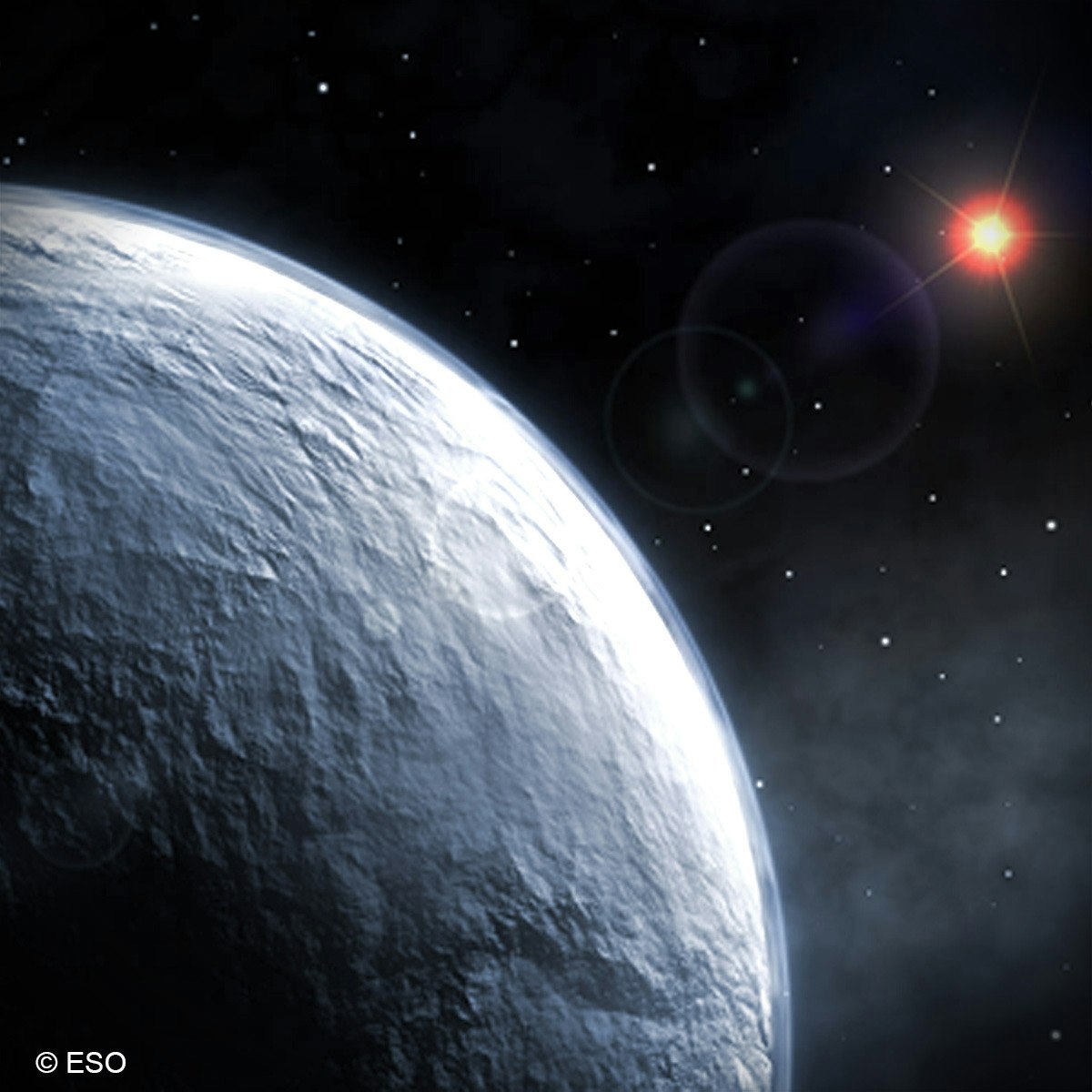
In this MOOC, you will have the opportunity to practice several methods of detection and characterisation of exoplanets.
You will discover their statistical properties and the current state of knowledge we have in this very recent field of research. You will also understand the limitations and biases of the different detection techniques.
At the end of this MOOC, you will have a good general understanding of the methods of detection and characterisation of exoplanets and their atmosphere. You will also have a basic understanding of spectroscopy and light curve analysis.
Read more
In this MOOC, you will have the opportunity to practice several methods of detection and characterisation of exoplanets.
You will discover their statistical properties and the current state of knowledge we have in this very recent field of research. You will also understand the limitations and biases of the different detection techniques.
At the end of this MOOC, you will have a good general understanding of the methods of detection and characterisation of exoplanets and their atmosphere. You will also have a basic understanding of spectroscopy and light curve analysis.
In this MOOC, you will have the opportunity to practice several methods of detection and characterisation of exoplanets.
You will discover their statistical properties and the current state of knowledge we have in this very recent field of research. You will also understand the limitations and biases of the different detection techniques.
At the end of this MOOC, you will have a good general understanding of the methods of detection and characterisation of exoplanets and their atmosphere. You will also have a basic understanding of spectroscopy and light curve analysis.
All this knowledge will help you to participate in and understand citizen science projects.
The original version of the MOOC dates from 2014 and some of the content has been updated in 2020 to take into account the progress of research in the field.
What's inside
Syllabus
Cover the basics
If you want to talk about exoplanets, there is no miracle, you have to go through the fundamentals of astrophysics. This is why we propose that you first approach astrophysics from a more historical and fundamental point of view. How did the representation of the universe evolve? How was the modern vision of "celestial mechanics" constructed? You will have the pleasure of discovering the answers to some of these questions. However, in order to go further in this course, we will also see Kepler's three laws as well as some basic notions about protoplanetary disks, planets or star formation. In this first module, we propose to lay the foundations necessary to deal with the concept that interests us all: exoplanets.
Read more
Syllabus
Good to know
Save this course
Reviews summary
Exoplanets: discovery and diversity
Activities
Explore NASA's Exoplanet Exloration Program
Show steps
Review NASA's documentation on Exoplanet Exploration. This will help orient you to the subject and give you some history.
Browse courses on
Nasa
Show steps
-
Read through NASA's Exoplanet Exploration page
-
Follow links and explore the topic at your own direction
Review basic astrophysics and celestial mechanics
Show steps
Ensure you understand the fundamental principles from the first module of this course.
Browse courses on
Astrophysics
Show steps
Simulate exoplanet detection and characterization techniques
Show steps
Reinforce and test your understanding of exoplanet detection and characterization by simulating these techniques in practice.
Show steps
Show all three activities
Explore NASA's Exoplanet Exloration Program
Show steps
Review NASA's documentation on Exoplanet Exploration. This will help orient you to the subject and give you some history.
Browse courses on
Nasa
Show steps
- Read through NASA's Exoplanet Exploration page
- Follow links and explore the topic at your own direction
Review basic astrophysics and celestial mechanics
Show steps
Ensure you understand the fundamental principles from the first module of this course.
Browse courses on
Astrophysics
Show steps
Simulate exoplanet detection and characterization techniques
Show steps
Reinforce and test your understanding of exoplanet detection and characterization by simulating these techniques in practice.
Show steps
Career center
Planetary Scientist
Data Scientist
Astrobiologist
Astronomer
Astrophysicist
Physics Teacher
Science Writer
Spacecraft Engineer
Technical Writer
Museum Educator
Software Engineer
Archivist
Patent Examiner
Librarian
Forensic Scientist
Reading list
Share
Similar courses
OpenCourser helps millions of learners each year. People visit us to learn workspace skills, ace their exams, and nurture their curiosity.
Our extensive catalog contains over 50,000 courses and twice as many books. Browse by search, by topic, or even by career interests. We'll match you to the right resources quickly.
Find this site helpful? Tell a friend about us.
We're supported by our community of learners. When you purchase or subscribe to courses and programs or purchase books, we may earn a commission from our partners.
Your purchases help us maintain our catalog and keep our servers humming without ads.
Thank you for supporting OpenCourser.


